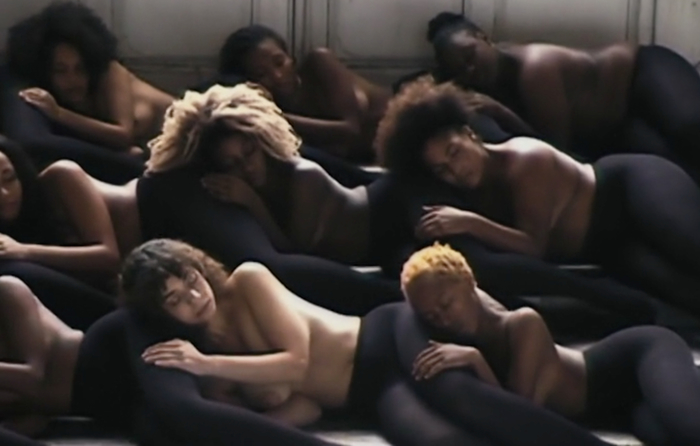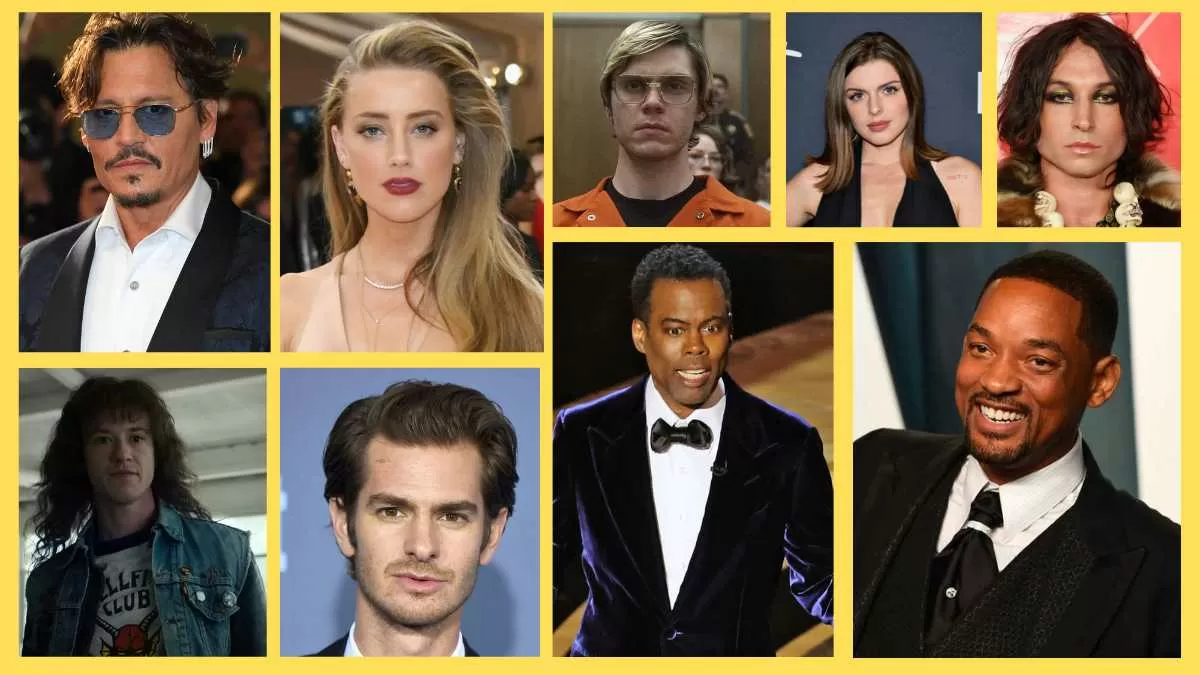Nudity in film has long been a subject of debate, admiration, controversy, and curiosity. From pushing artistic boundaries to confronting social taboos, the depiction of the human body on screen has played a significant role in shaping and reflecting culture. Beyond provocation, nudity in film has often served as a lens for exploring vulnerability, identity, power, and human connection.
A Brief History: From Taboo to Tool
The Early Years: Censorship and Scandal
In the early 20th century, nudity was rare and often scandalous. The silent film era saw brief flirtations with skin — such as Ecstasy (1933), in which actress Hedy Lamarr became one of the first people to appear nude in a non-pornographic film. But with the introduction of the Hays Code in the 1930s — a set of ethical guidelines for Hollywood filmmakers — nudity was largely banned from American cinema for decades.
1960s-70s: Rebellion and Revolution
The sexual revolution of the 1960s changed everything. With the introduction of the Hays Code MPAA rating system in 1968, filmmakers became more free to experiment. Long before Hollywood, European cinema, especially French and Italian cinema, embraced nudity as an artistic expression.
Films like Last Tango in Paris (1972), A Clockwork Orange (1971), and Women in Love (1969) combined sexuality with emotional depth. Nudity began to be seen not only as provocative but also as powerful and necessary for storytelling.

Nudity as artistic and narrative expression
Nudity in film often expresses something that dialogue cannot: intimacy, fear, transformation, or freedom. When used deliberately, it becomes a narrative device—revealing truths about character, relationships, or cultural dynamics.
Vulnerability and authenticity: In drama and art films, nudity often signifies emotional expression. In films such as Blue Is the Warmest Color (2013) or Moonlight (2016), nudity is used to express tenderness and self-discovery.
Films such as Liberation and Rebellion: The Dreamers (2003) or Ya Tu Mama Tambien (2001) explore youth, freedom, and sexual awakening, using nudity to challenge societal constraints.
Symbolism and power: Directors such as Lars von Trier (Nymphomaniac) and Gaspar No (Love) use nudity to explore power dynamics, often forcing viewers to confront their discomfort and question morality.

Gender divisions and the male gaze
One of the most enduring criticisms of nudity in film has been the unequal representation of male and female bodies. Female nudity has historically been much more prevalent, often in the “male gaze”—a term coined by feminist theorist Laura Mulvey to describe the way women are objectified in visual media.
This imbalance has led to broader discussions about agency, consent, and exploitation. In recent years, more filmmakers—particularly female and gay directors—have reclaimed nudity as a form of empowerment rather than objectification.
The Rise of Consent and Intimacy Coordinators
In the wake of the #MeToo movement, the film industry has reevaluated how nudity and sex scenes are handled on set. The rise of intimacy coordinators—professionals who choreograph and ensure consent during intimate scenes—has revolutionized filmmaking, making sets safer and acting more respectful and collaborative.
Stars like Emilia Clarke (Game of Thrones) and Florence Pugh (Oppenheimer) have spoken out about setting boundaries and reclaiming control over how their bodies are portrayed on screen.
Nudity in Modern Cinema: Evolving Standards
Today, nudity in film is more nuanced than ever. It appears in everything from major studio dramas to streaming series, often accompanied by content warnings and thoughtful context. Filmmakers are increasingly aware of their responsibility to treat nudity with sensitivity, purpose, and respect.
Streaming and global reach: Platforms like Netflix, HBO, and Amazon Prime have embraced more mature themes, introducing nudity to a global audience with diverse cultural sensibilities.
Diversity and inclusion: More stories now feature diverse bodies, orientations, and identities—challenging narrow beauty standards and redefining what nudity can represent.
Nudity in film isn’t just about showing skin – it’s about revealing the truth. Whether it’s used to shock, seduce, humanize or liberate, it remains a powerful cinematic tool. When treated with respect and purpose, nudity challenges viewers to confront their own ideas, beliefs and boundaries
As social norms change, the depiction of nudity in film will likely evolve – but its role as a mirror of our cultural psyche will endure. Ultimately, the naked body on screen reminds us that vulnerability is universal, and storytelling, at its core, is about being visible.
Read Also: India’s Secret Beaches That Offer Peace and Serenity
![]()






One thought on “Nudity in Film: Breaking Down Barriers and Challenging Norms”